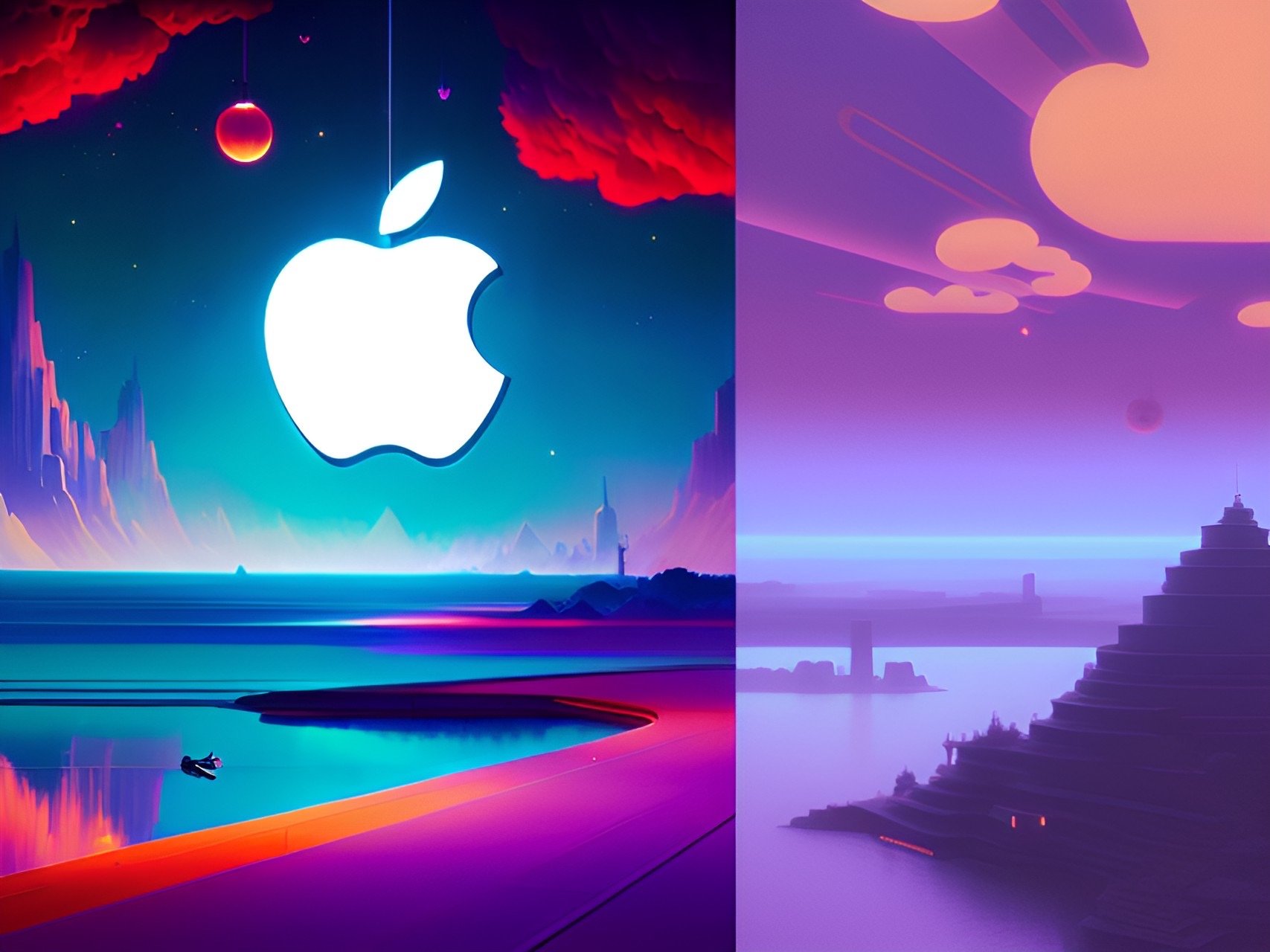Generative AI at Apple: Pushing the Boundaries of Creativity and Innovation
Much has been said about Apple being behind in Generative AI. Yet, having witnessed AI generate real-time reflections, and shadows, respond to lighting conditions, and more – not to mention upscaling older images with new detail – I want to find out what we can learn from Apple’s Machine Learning Blog.
Dreamy AI Innovation: a magical exploration of Apple’s generative technologies and their impact on art, music and human experience. https://apple.co/3K1ZBJh
Introduction
Apple's commitment to innovation is evident in its research and development of generative AI technologies. By exploring the projects and publications on Apple's Machine Learning website, we can gain insights into the company's work in generative AI and its potential applications. In this blog post, we will discuss some key research areas where Apple is leveraging generative AI to push the boundaries of creativity and innovation.
Generative Adversarial Networks (GANs)
GANs are a class of generative AI models that have shown remarkable success in generating realistic images, music, and other forms of creative content. Apple's research in this area includes the development of advanced GAN architectures and techniques, such as improving the training stability and addressing the mode collapse issue. By refining GANs, Apple can potentially use them for various applications, such as generating high-quality images for advertising, enhancing user interfaces, or even creating virtual environments for augmented reality experiences.Image-to-Image Translation
The image-to-image translation is an exciting application of generative AI. The goal is to convert an input image into a corresponding output image with specific characteristics, such as changing the style or content. Apple's research in this area has focused on developing more efficient and robust methods for image-to-image translation, which can be helpful for tasks like photo enhancement, artistic style transfer, and object segmentation. These advances could lead to improved user experiences in Apple's photo editing apps, as well as new creative tools for artists and designers.Generative Models for Text
Apple is also exploring generative AI techniques for text, such as sequence-to-sequence models and variational autoencoders. These models can be used for a wide range of applications, including machine translation, text summarization, and content generation. By integrating advanced generative models for text into its software and services, Apple can enhance the capabilities of AI assistants like Siri and provide more natural and engaging user experiences.Music and Audio Synthesis
Generative AI has shown great potential in music and audio synthesis. Apple's research in this area includes the development of techniques for generating realistic and expressive audio, such as WaveNet and SampleRNN. These advances could be applied to various aspects of Apple's ecosystem, from improving the quality of synthesized speech in Siri to creating novel music composition tools for artists and producers.
Conclusion
Apple's research in generative AI showcases the company's commitment to pushing the boundaries of creativity and innovation. By exploring and refining generative AI technologies like GANs, image-to-image translation, generative models for text, and music synthesis, Apple is laying the foundation for a future where AI plays a more significant role in enhancing our digital experiences enabling new forms of artistic expression. As Apple continues to invest in generative AI research, we can expect to see even more groundbreaking applications and advancements.







